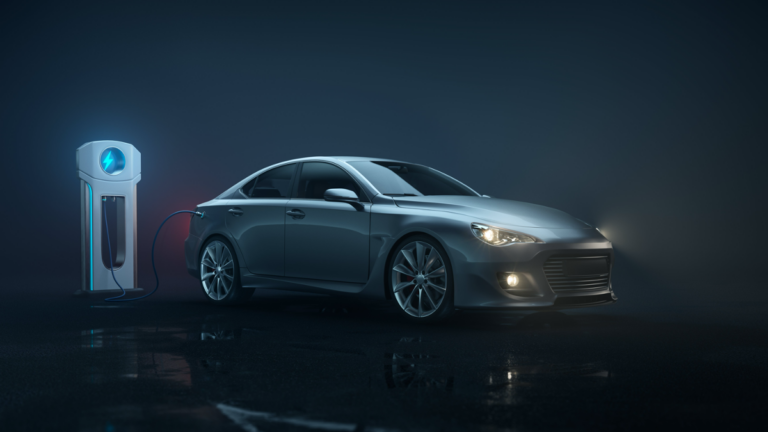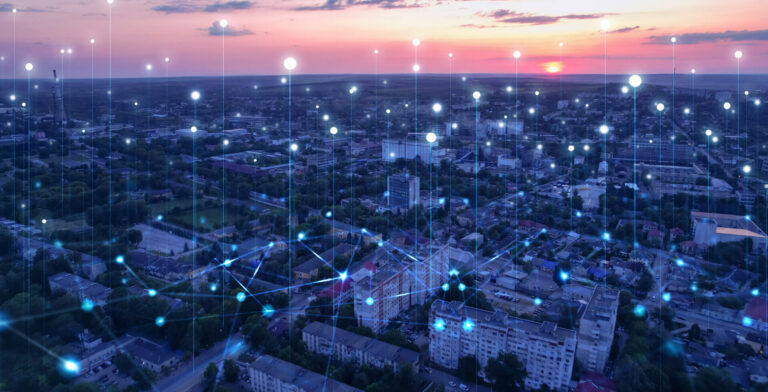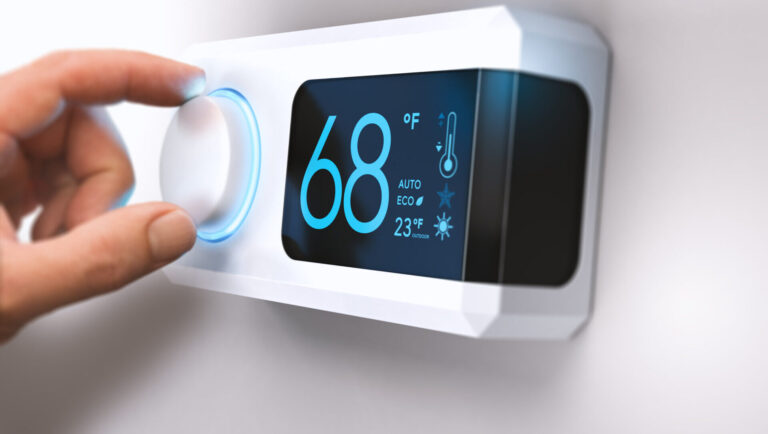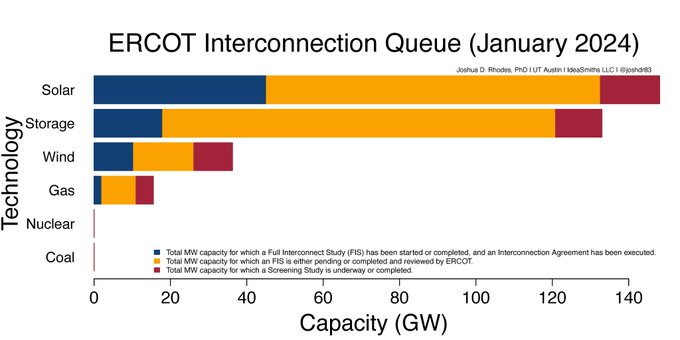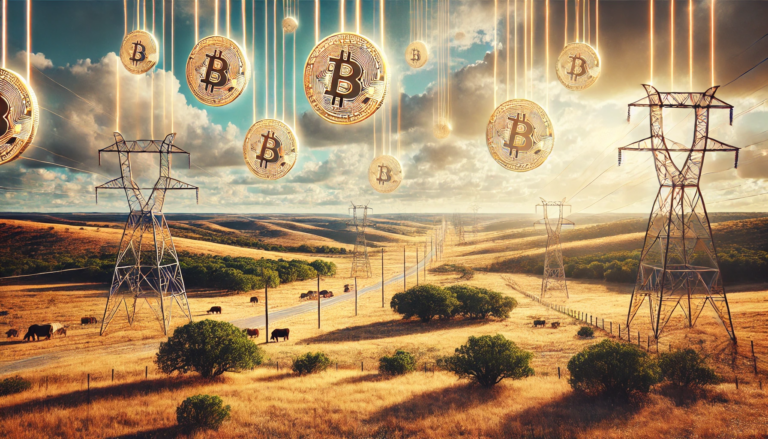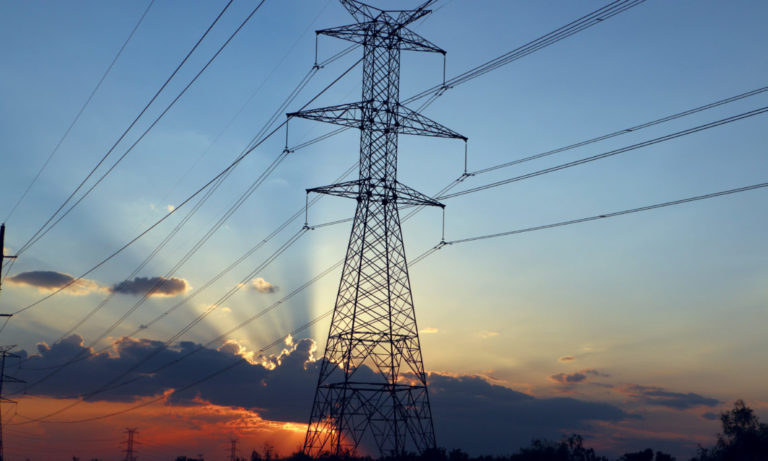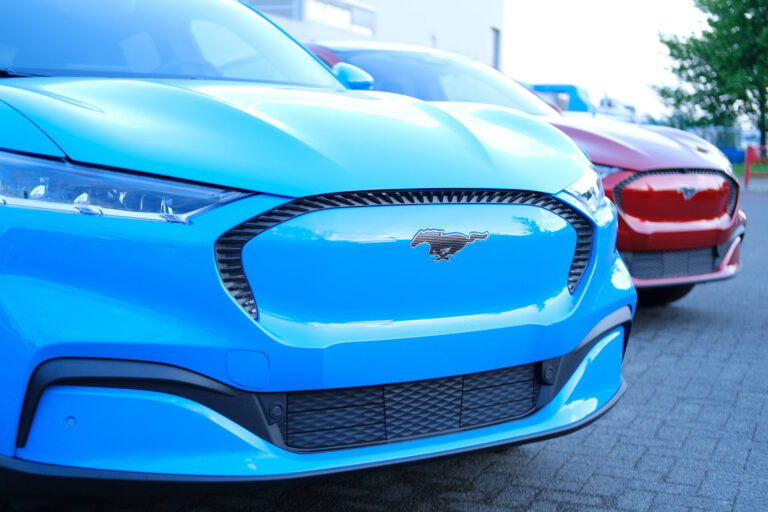June 21, 2021
Originally published by Grist on June 21, 2021.
Grist’s Maria Gallucci recently spoke to Pecan Street CEO Suzanne Russo and Pecan Street Board Member Michael Webber about the potential grid impacts of vehicle-to-grid (V2G) technology. Read a snippet of the article below or read the full article on Grist’s website.
“Electric vehicles aren’t just a new burden for utilities,” said Suzanne Russo, the CEO of Pecan Street, an Austin-based research organization, “but can help make power more reliable for everybody.” In 2019, the group launched the first vehicle-to-grid pilot project in Texas, which used a Nissan Leaf to supply power to the utility Austin Energy during the highest hours of electricity demand.
“A lot of the industry really thinks of vehicle-to-grid as a technology for tomorrow,” she told Grist. “But our research has shown that it’s a technology for today. It’s ready to go.”
Yet for all their promise, many market and regulatory hurdles have kept vehicle-to-grid systems from becoming mainstream. A key barrier is cost. For instance, electric school buses can be three to four times more expensive than diesel models, and two-way charging systems are also more costly and complex than traditional EV chargers. In some municipalities, it’s currently possible for a bus operator or EV owner to earn money by selling their battery’s services to a local utility. Whether those earnings can offset the additional expense is something researchers are still figuring out.
For individuals, the average payout might amount to only tens of dollars a year, said Michael Webber, an energy resources professor at the University of Texas at Austin who studied the issue. At that rate, many EV owners might decide it’s not worth the hassle of securing the necessary paperwork and equipment to connect their batteries to the grid.
But vehicles with two-way charging technology are still appealing for another reason, one that Ford played up in recent ads for its electric F-150 truck: batteries can also power houses and appliances, even if they’re not connected to the grid. In one Ford commercial, after a storm knocks out the city’s power and houses cascade into darkness, a family plugs their F-150 into the garage wall and lights up the house. In another scene, a food truck operator connects to the truck to keep their business running.
“The resilience value is high,” said Webber, who is considering installing a stationary battery or a vehicle-to-grid system at his home in the Austin suburbs. He said the house has lost power six times so far this year, including during the brutal winter storm that left millions of people without heat or power in subfreezing temperatures in February.









